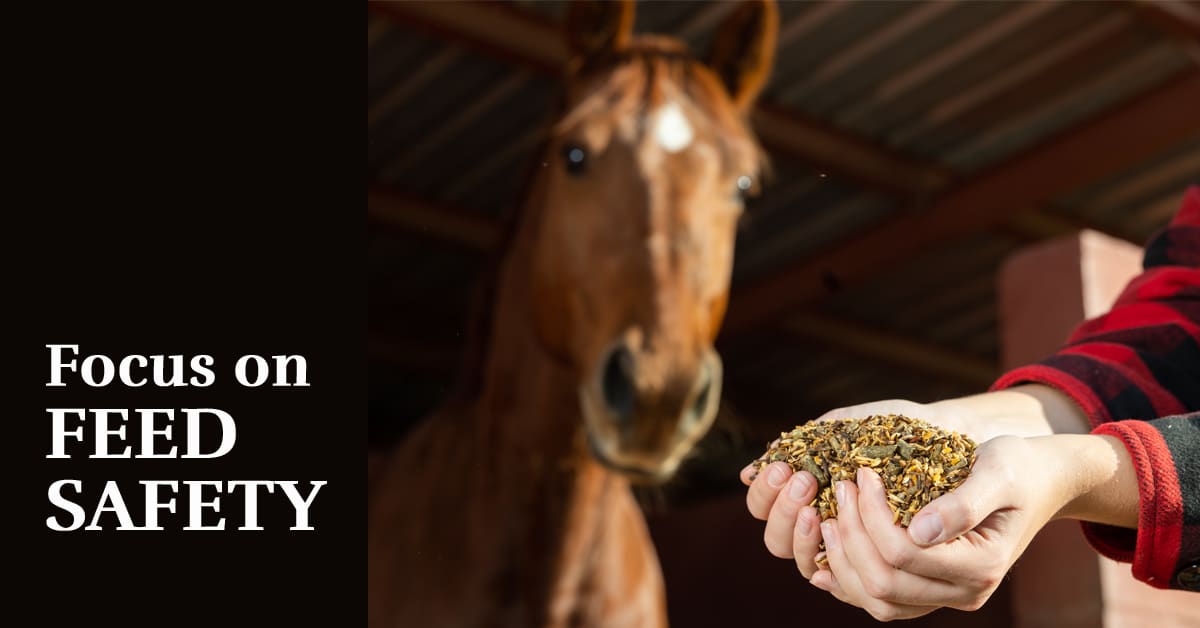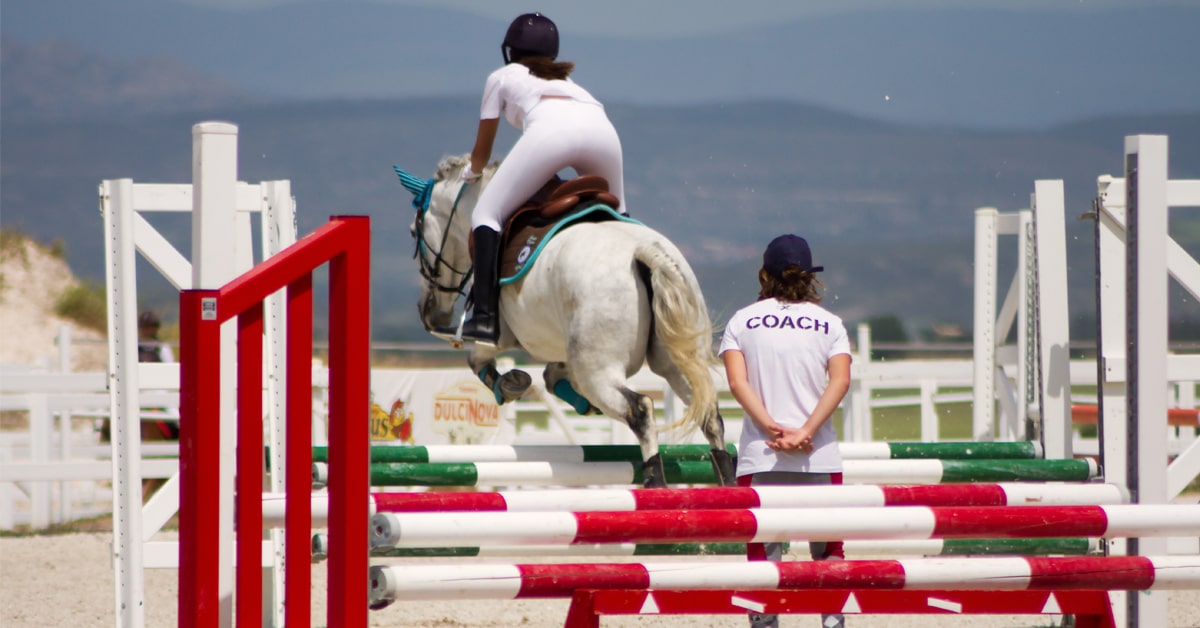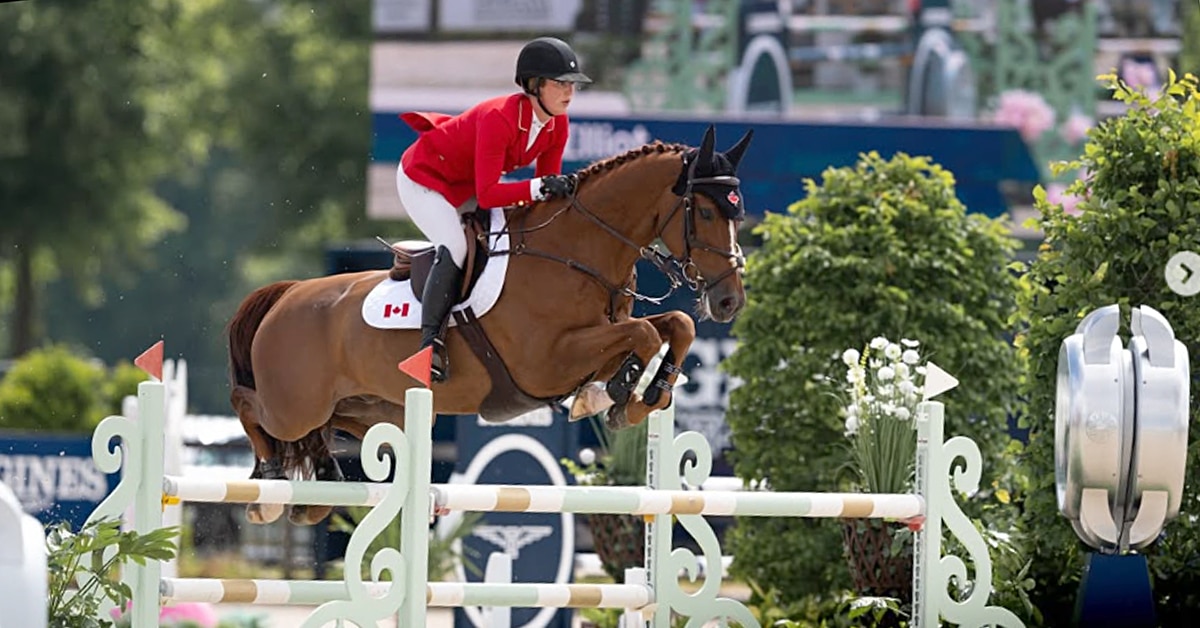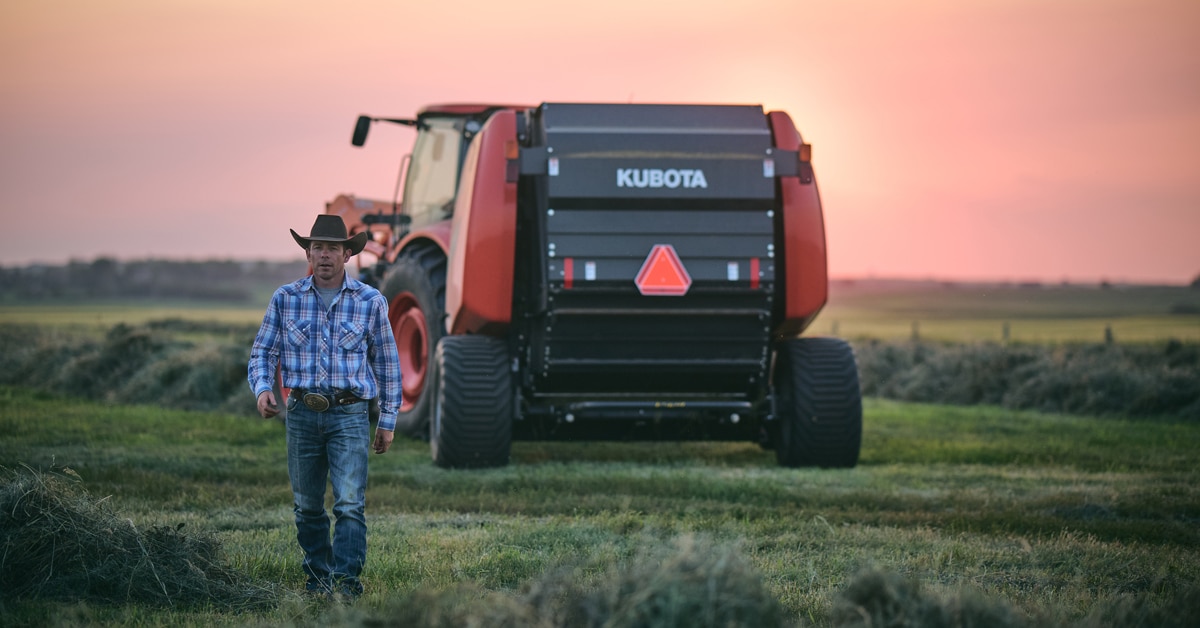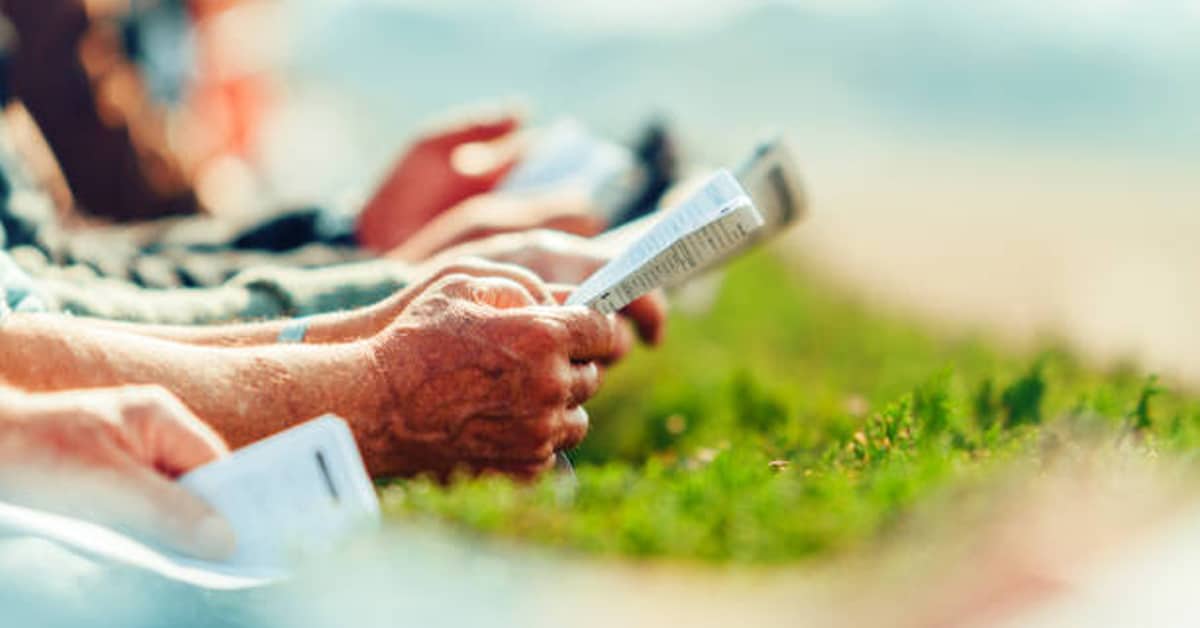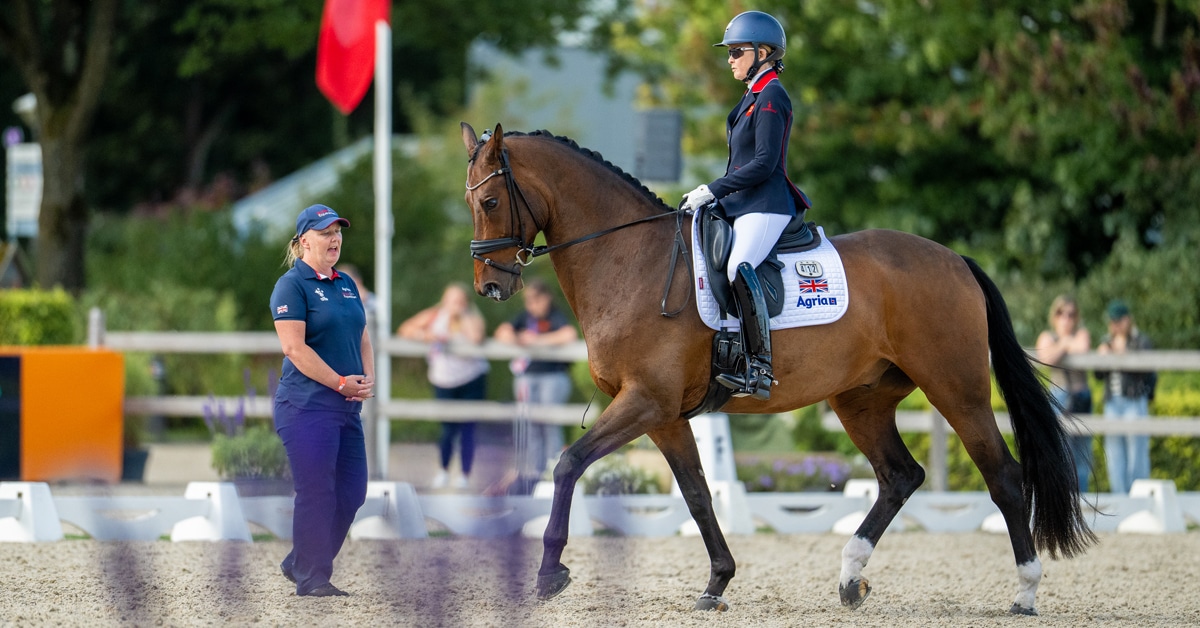First off, a good hand gallop has to look effortless. The horse should move forward willingly from your leg and open up its stride with no resistance in the form of pinning the ears, raising the head, or swishing the tail. The horse should stretch its head and neck out and loosen through the shoulder as it reaches into the gallop. The stride should be big, fluid, open, and effortless.
I like to introduce the hand gallop almost right away in my horses’ education, as soon as they can go in a straight line and know how to go forward and come back. With a young horse there is no point working at one pace; they really have to learn to be comfortable at all speeds. It’s so important to develop a horse that is listening and responsive to the aids, and I start lengthening and shortening with horses as young as three. Even with my students, as soon as we’re comfortable together I begin the groundwork for the hand gallop, at any age and any ability. It’s important to teach your students how to ride forward. That doesn’t necessarily mean hand-galloping to an oxer right away, but you can start by saying, “we’re going to come a bit more forward to the oxer.” By gradually increasing the pace, eventually without knowing it you have a rider who is hand-galloping an oxer.
What works for me is to come out of the corner with a forward pace and beautiful balance, and not look at the jump. There is a tendency for riders to tip forward and look for long, weak distances out of a hand gallop. As I’m getting seven or eight strides back I don’t disrupt the gallop, but I bring my shoulders back behind the pommel of the saddle. What I’ve found is that if you’re galloping and your shoulders are in front of the centre of gravity, your eye will actually look for a long distance. When you lean forward and loop the reins you lose the balance; you should have connection with the mouth and be behind the centre balance of the horse, which I often equate as being the pommel of the saddle.
Some of the most common mistakes I see are riders who rush for a hand gallop instead of creating the gallop through the turn, which allows you to maintain an even pace on the way to the jump and keep the same rhythm. The key is to establish pace through the turn and keep it the same all the way to the jump; remember, it’s not about getting faster and faster. Another common fault I see are riders who lean forward and in turn tip their balance on the forehand. The more you gallop, the further back you need to sit – not with a driving seat, but with shoulders up.
Many riders tend to get stuck being safe and going at the same pace. The hand gallop challenges the horse to jump better and the rider to ride forward. It was a lost art until the handy classes and derbies were brought back. I think there is no better way to showcase brilliance than for a horse to hand gallop out of a turn, fire off the ground, and wrap his knees around his ears.
The Latest


